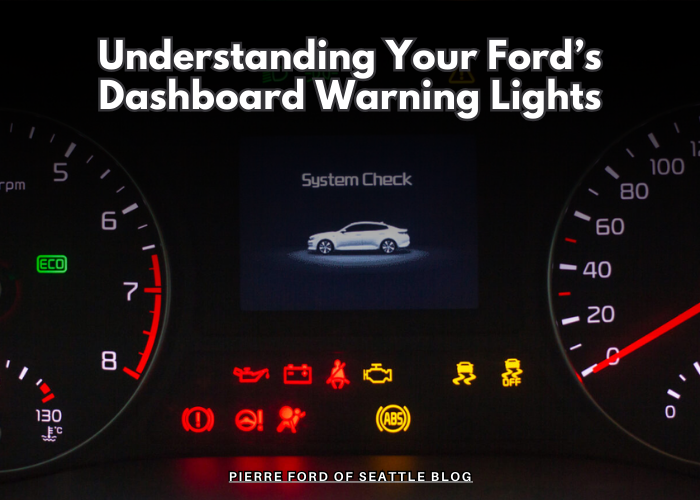Flash Flood Warning: A Comprehensive Guide To Understanding And Responding To Flood Alerts

Table of Contents
Understanding Flash Flood Warnings and Alerts
A flash flood is a rapid, often unexpected, flooding of normally dry areas. Understanding the different types of flood alerts issued by the National Weather Service (NWS) is paramount. These alerts help you gauge the severity of the situation and take appropriate action.
- Flash Flood Watch: This indicates conditions are favorable for flash flooding to develop. Stay informed and be prepared to take action.
- Flash Flood Warning: This means flash flooding is occurring or is imminent. Immediate action is required. The warning will typically specify the affected areas, expected rainfall amounts, and the timeframe of the anticipated flooding.
- Flash Flood Advisory: This signifies that flash flooding is possible. While less severe than a warning, it still warrants caution and awareness.
The NWS, along with local news stations and weather apps, are key sources of information. Learning to interpret these alerts, understanding your geographic location's vulnerability to flash flooding, and paying attention to the specific details are vital for effective preparedness. Knowing your area’s flood history and elevation can significantly improve your ability to respond effectively to a flood alert.
Preparing for a Flash Flood
Proactive flood preparedness is your best defense against the devastation of flash flooding. Developing a comprehensive plan and assembling an emergency kit are crucial steps.
- Family Communication Plan: Establish a designated contact person and meeting point outside the affected area in case of separation.
- Evacuation Route and Plan: Identify multiple escape routes from your home, especially routes leading to higher ground. Knowing these routes beforehand saves precious time during an emergency.
- Emergency Kit: Prepare a kit containing essential supplies such as water, non-perishable food, a first-aid kit, medications, important documents (insurance information, identification), and flashlights.
- Property Protection: Move valuable items to higher floors or elevated locations. Secure outdoor furniture, vehicles, and other loose objects that could be swept away.
- Flood Insurance: Consider purchasing flood insurance. Standard homeowner's insurance policies typically do not cover flood damage.
Responding to a Flash Flood Warning
When a flash flood warning is issued, immediate action is crucial. Your response should be swift and decisive.
- Evacuate Immediately: If instructed to evacuate by authorities, do so without delay. This is the most important step to ensure your safety.
- Seek Higher Ground: If evacuation isn't feasible, move to higher ground within your home or seek refuge in a sturdy building on higher ground.
- Avoid Floodwaters: Never drive or walk through floodwaters. The depth and current of floodwaters are often deceptive, and even a few inches of water can sweep a vehicle away.
- Power Line Safety: Stay clear of downed power lines and electrical wires. Contact your local power company to report them.
- Monitor Updates: Continuously monitor weather updates and follow instructions from emergency responders.
Recovering After a Flash Flood
The aftermath of a flash flood often involves significant damage and disruption. Careful and safe recovery is vital.
- Damage Assessment: Once the immediate danger has passed, assess the damage to your home and property.
- Insurance Claims: Contact your insurance company immediately to report the damage and begin the claims process. Document all damages with photos and videos.
- Safe Cleanup: Cleaning up after a flood requires caution. Avoid contact with contaminated water, be aware of potential structural damage, and use appropriate safety gear.
- Seek Help: Don't hesitate to seek assistance from local authorities, relief organizations, and community support groups.
- Future Prevention: Consider taking steps to mitigate future flood damage, such as installing flood barriers or improving drainage around your property.
Conclusion
Understanding and responding effectively to a flash flood warning can be a life-saving measure. This guide emphasizes the importance of preparedness, both in terms of having a comprehensive plan and taking swift action when a warning is issued. Remember the key takeaways: understanding the different alert levels, preparing your home and family beforehand, responding decisively during a flood, and recovering safely afterward. Share this information with your community to increase awareness and improve preparedness. Create your personal flash flood preparedness plan today, and regularly check the NWS website for updates on potential severe weather and flood warnings in your area. Don't let a flash flood catch you unprepared; be informed, be ready, be safe.

Featured Posts
-
 George Russells 1 5m Debt Repayment A Sign Of Things To Come At Mercedes
May 25, 2025
George Russells 1 5m Debt Repayment A Sign Of Things To Come At Mercedes
May 25, 2025 -
 Amsterdam Stock Index Plunges Over 4 Drop To Year Low
May 25, 2025
Amsterdam Stock Index Plunges Over 4 Drop To Year Low
May 25, 2025 -
 Mia Farrow Visits Sadie Sink Broadways Photo 5162787
May 25, 2025
Mia Farrow Visits Sadie Sink Broadways Photo 5162787
May 25, 2025 -
 Craig Mc Ilquhams Memorial Service A Sunday Remembrance For The Hells Angels
May 25, 2025
Craig Mc Ilquhams Memorial Service A Sunday Remembrance For The Hells Angels
May 25, 2025 -
 Euronext Amsterdam Stocks Surge 8 After Trumps Tariff Pause
May 25, 2025
Euronext Amsterdam Stocks Surge 8 After Trumps Tariff Pause
May 25, 2025
